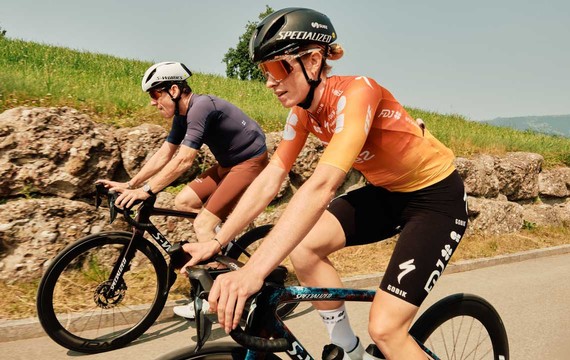Sigma Sports Blog
Welcome to the Sigma Sports blog where you will find helpful guides, the latest news and reviews, stories and more.
Keep up to date with new bike and component releases, accessories, tech and kit, as well as the most recent Cafe Ride episodes. We are always adding new tips and guides to help you get more out of your time on the bike and be prepared for any cycling adventure.
Latest Stories
Explore the latest Sigma Sports stories featuring the latest episodes of the Cafe Ride, Soigneur, deep dives into some of our favouite brands, bucket list cycling destinations much more.
Latest Guides
Explore the latest Sigma Sports guides featuring tutorials, buying guides and much more. Get to grips with components for your bike, deep dives into popular bike models and kit, and general advice for cyclists.
Latest Reviews
Explore the latest Sigma Sports reviews featuring bikes, tech, shoes, clothing and much more. Read up on the latest releases available whether that is a newly released road or gravel bike, cycling computer, wheelset or anything that is fresh in and tested by our team.


























